In many areas of the country, when you enter dairy-beef systems, you typically commit to taking the animal right the way through to slaughter as they would not be considered overly attractive to buyers at the mart.
However, in recent years, more and more finishers have started buying dairy-bred stock as numbers of these type of stock become more available throughout the country.
There is no doubt that the mart trade at the moment is on fire especially for short-keep and factory-fit type cattle. It is this factor that will probably determine whether or not it makes financial sense to sell 2020-born stock in the mart now or bring them through to finish – are they on target to finish off grass?
If cattle are behind target and are going to struggle to finish off grass in the next three or four months then there is probably little point in looking at selling in the mart, at the moment anyway.
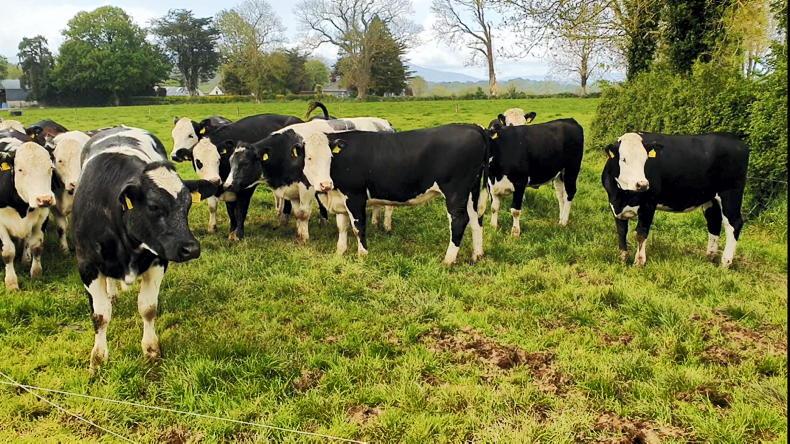
Heifers at grass on the Thrive demo farm last week.
MartBids analysis
Looking at the Irish Farmers Journal MartBids database for the past few weeks, the price/kg being paid for early-maturing bullocks and heifers is very dependent on how forward the animal in the ring is.
Spring 2020-born Angus and Hereford heifers between 350kg and 400kg are moving anywhere from €1.85/kg to €2/kg. Taking the lower price and weight, coming out with less than €650 for 15 months work will not leave a positive return and selling these animals makes little sense.
Where it does begin to make sense is where animals the same age are 420kg to 480kg who are trading anywhere from €2.10/kg up to €2.25/kg in some cases – more for animals that are that bit more square and carrying a bit of flesh. There is a good market at the moment for 80-100-day finishing cattle, even more so if they are Angus bred due to bonus slaughter payments.

2020-born bullocks grazing on the Thrive demo farm in Cashel, Co Tipperary, last week.
Taking the upper weight and price here leaves you with a sale price of over €1050 and could well make sense in some cases.
Where stocking rates are high or on farms where you want to carry out reseeding but cannot see the opportunity to do so at current stocking levels it may make sense to sell. Concentrate prices are also going to be higher than last year and this needs to be considered. Labour should also be considered here as feeding cattle at grass can be a time consuming task in some cases.
Calculations
Simple sums taking a 480kg bullock today through to slaughter is going to cost around €140 between concentrates and grass costs alone. Veterinary costs for these stock types will be very low between now and slaughter with perhaps just a worm dose needed in the coming weeks to see them through to finish.
Assuming the bullock averages 1.1kg/day through to slaughter in late-September that gives us a slaughter weight of 590kg. At a killout of 52% that leaves a carcase weight of 307kg.
Based on the sums above a beef price paid of just under €3.90 would be required.
Beef price is strong at the moment and with Bord Bia forcasting 120,000 less finishing cattle coming forward in 2021, of which we have only seen a 35,000 head deficit year to date, it bodes well for beef prices for the rest of the year.
However, we must remember that these cattle will likely be killed at the height of the grass-cattle kill numbers which may have a short-term negative affect beef price.
It is important each farmer does their own calculations and weighs up the situation taking their own circumstances into consideration.
In many areas of the country, when you enter dairy-beef systems, you typically commit to taking the animal right the way through to slaughter as they would not be considered overly attractive to buyers at the mart.
However, in recent years, more and more finishers have started buying dairy-bred stock as numbers of these type of stock become more available throughout the country.
There is no doubt that the mart trade at the moment is on fire especially for short-keep and factory-fit type cattle. It is this factor that will probably determine whether or not it makes financial sense to sell 2020-born stock in the mart now or bring them through to finish – are they on target to finish off grass?
If cattle are behind target and are going to struggle to finish off grass in the next three or four months then there is probably little point in looking at selling in the mart, at the moment anyway.

Heifers at grass on the Thrive demo farm last week.
MartBids analysis
Looking at the Irish Farmers Journal MartBids database for the past few weeks, the price/kg being paid for early-maturing bullocks and heifers is very dependent on how forward the animal in the ring is.
Spring 2020-born Angus and Hereford heifers between 350kg and 400kg are moving anywhere from €1.85/kg to €2/kg. Taking the lower price and weight, coming out with less than €650 for 15 months work will not leave a positive return and selling these animals makes little sense.
Where it does begin to make sense is where animals the same age are 420kg to 480kg who are trading anywhere from €2.10/kg up to €2.25/kg in some cases – more for animals that are that bit more square and carrying a bit of flesh. There is a good market at the moment for 80-100-day finishing cattle, even more so if they are Angus bred due to bonus slaughter payments.

2020-born bullocks grazing on the Thrive demo farm in Cashel, Co Tipperary, last week.
Taking the upper weight and price here leaves you with a sale price of over €1050 and could well make sense in some cases.
Where stocking rates are high or on farms where you want to carry out reseeding but cannot see the opportunity to do so at current stocking levels it may make sense to sell. Concentrate prices are also going to be higher than last year and this needs to be considered. Labour should also be considered here as feeding cattle at grass can be a time consuming task in some cases.
Calculations
Simple sums taking a 480kg bullock today through to slaughter is going to cost around €140 between concentrates and grass costs alone. Veterinary costs for these stock types will be very low between now and slaughter with perhaps just a worm dose needed in the coming weeks to see them through to finish.
Assuming the bullock averages 1.1kg/day through to slaughter in late-September that gives us a slaughter weight of 590kg. At a killout of 52% that leaves a carcase weight of 307kg.
Based on the sums above a beef price paid of just under €3.90 would be required.
Beef price is strong at the moment and with Bord Bia forcasting 120,000 less finishing cattle coming forward in 2021, of which we have only seen a 35,000 head deficit year to date, it bodes well for beef prices for the rest of the year.
However, we must remember that these cattle will likely be killed at the height of the grass-cattle kill numbers which may have a short-term negative affect beef price.
It is important each farmer does their own calculations and weighs up the situation taking their own circumstances into consideration.





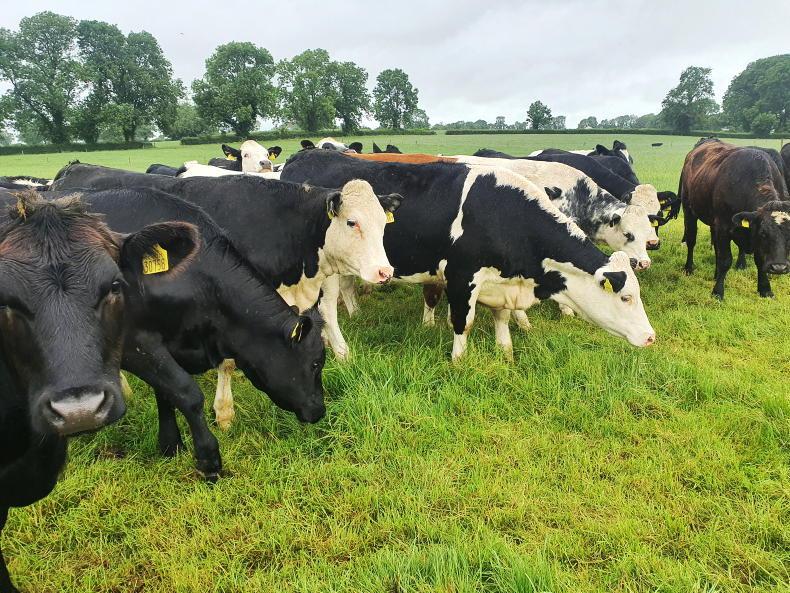

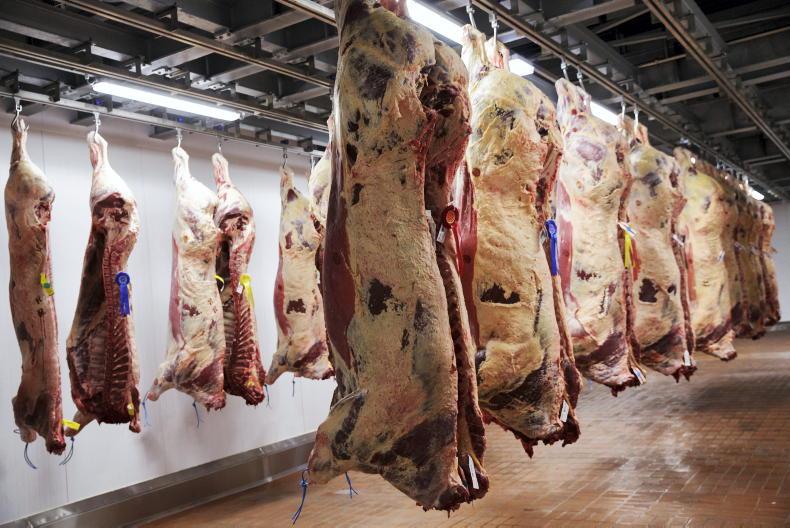

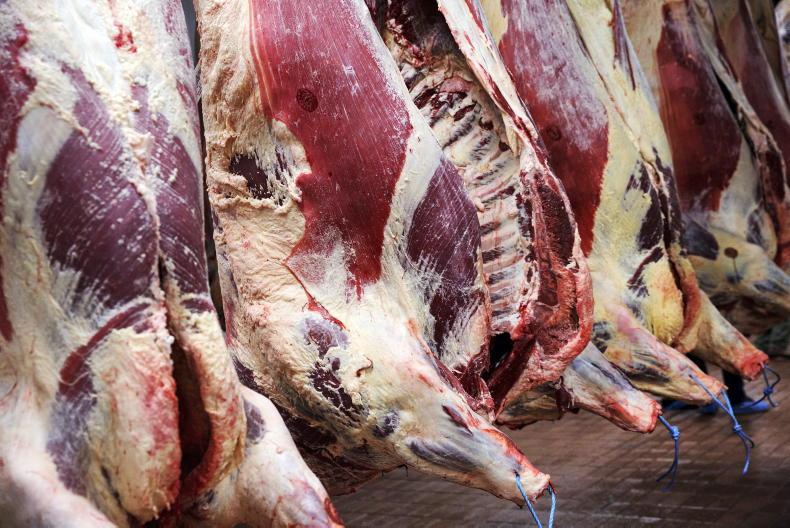
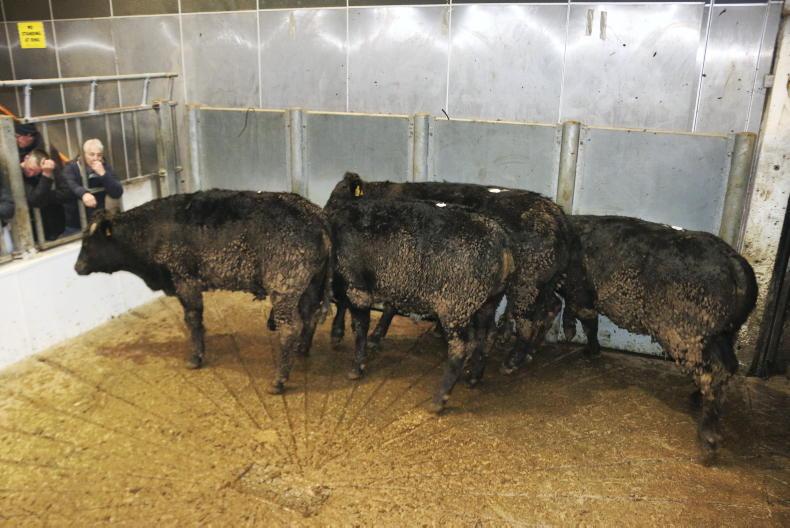
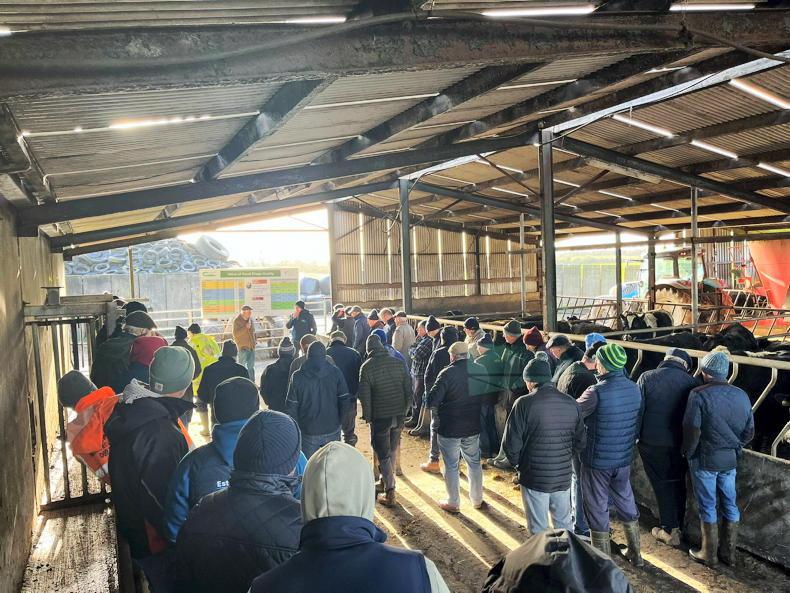
SHARING OPTIONS